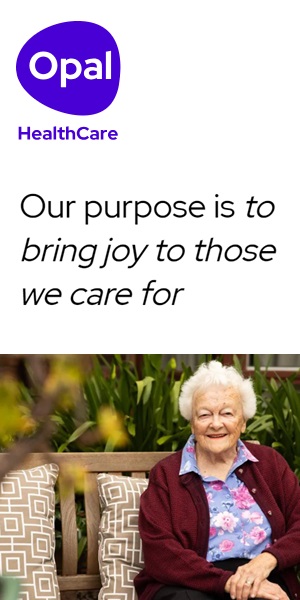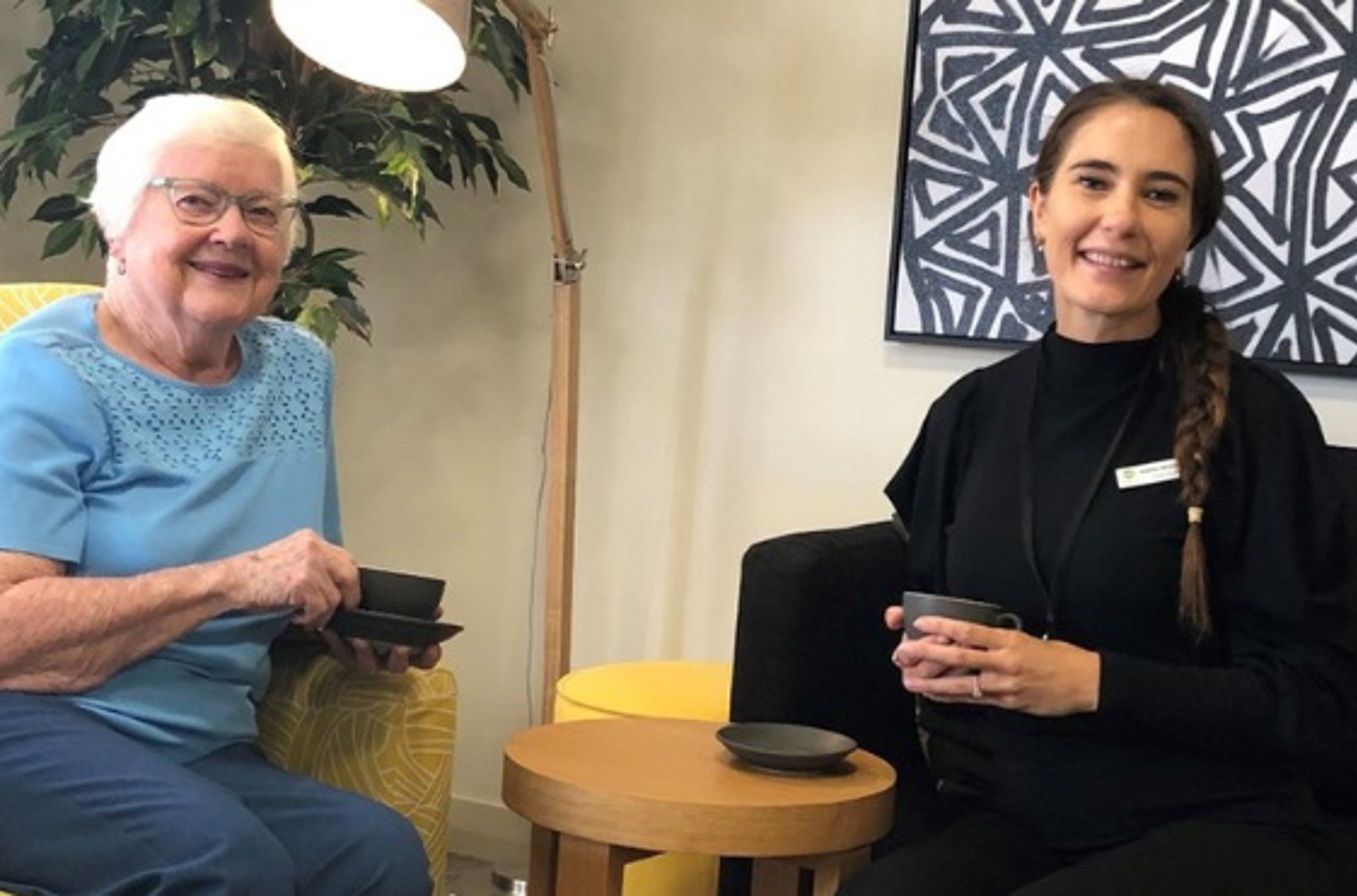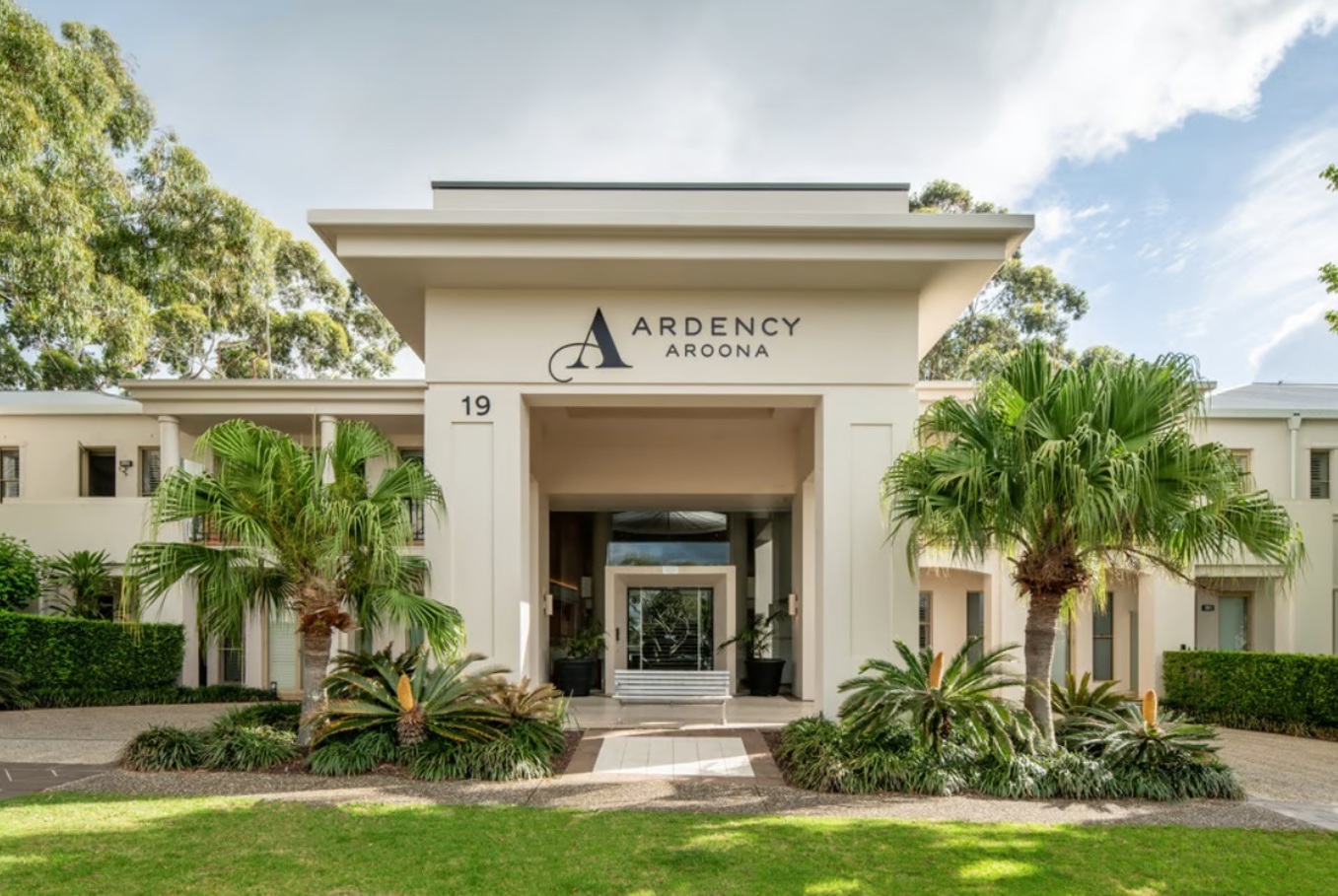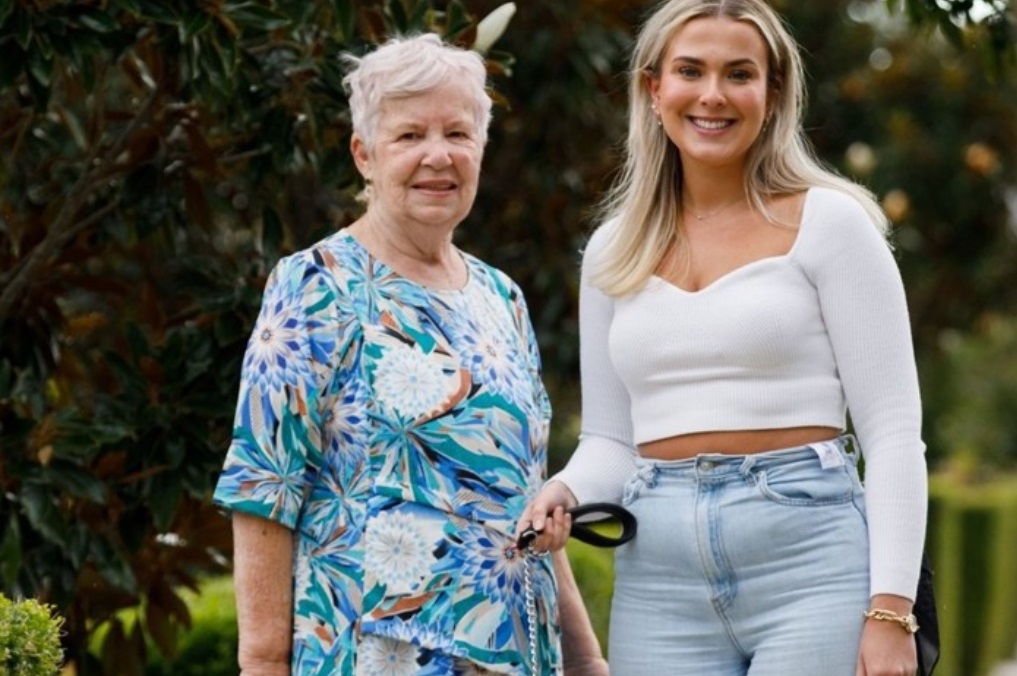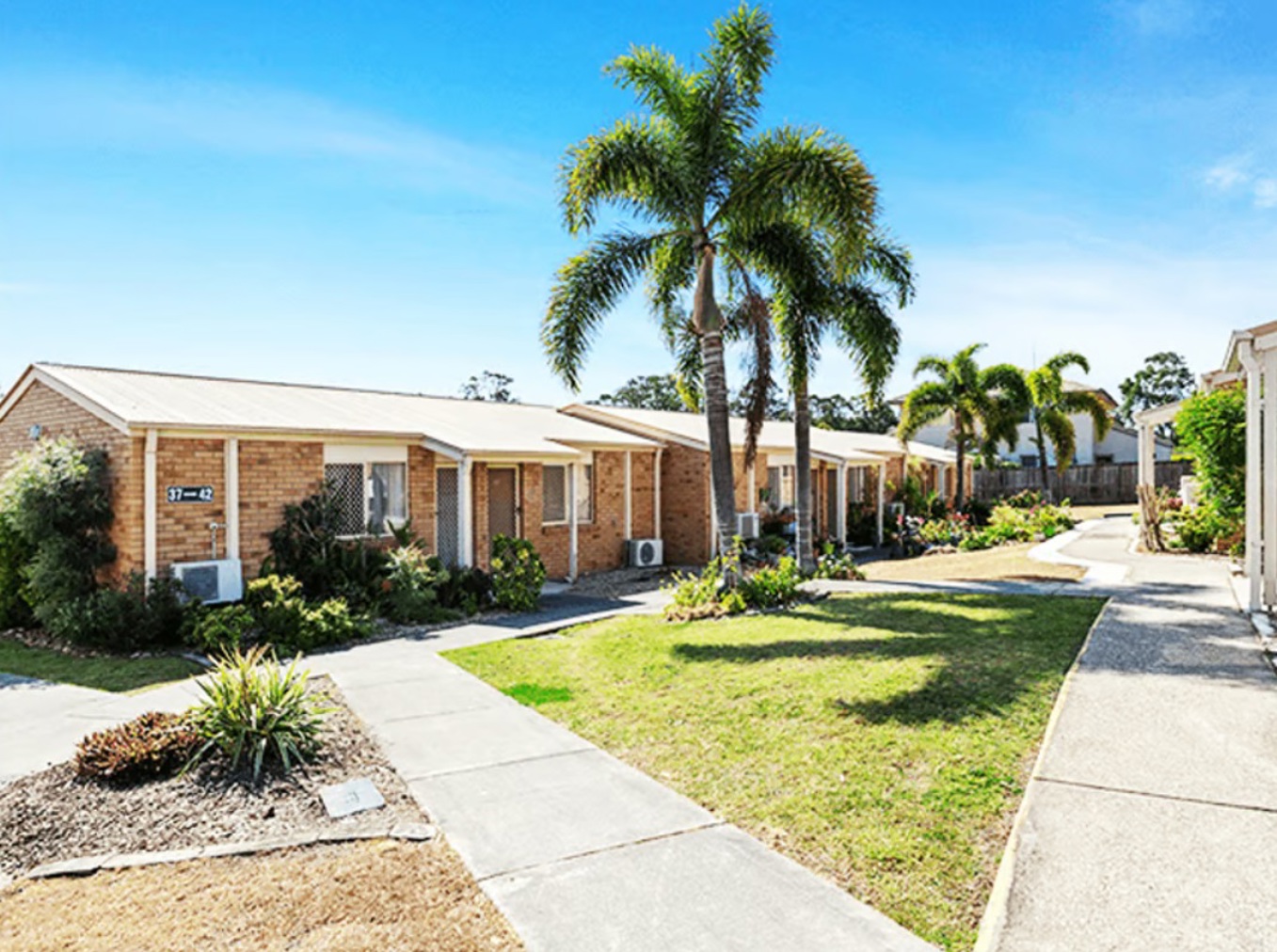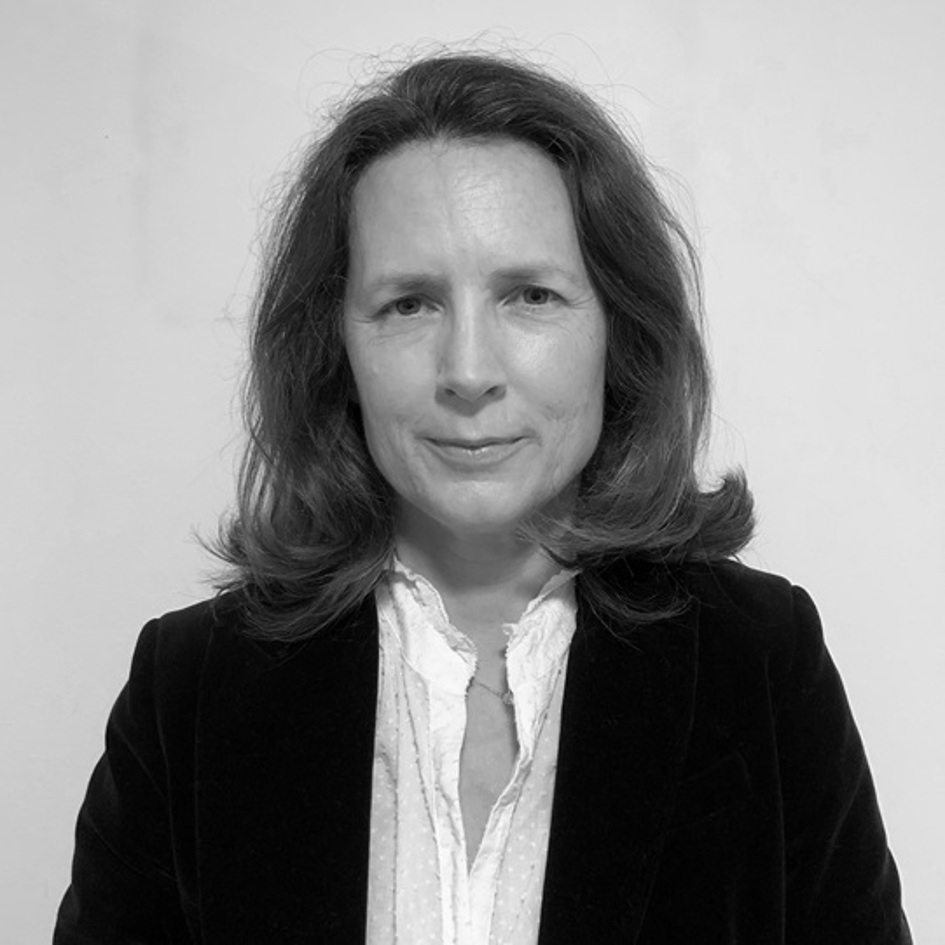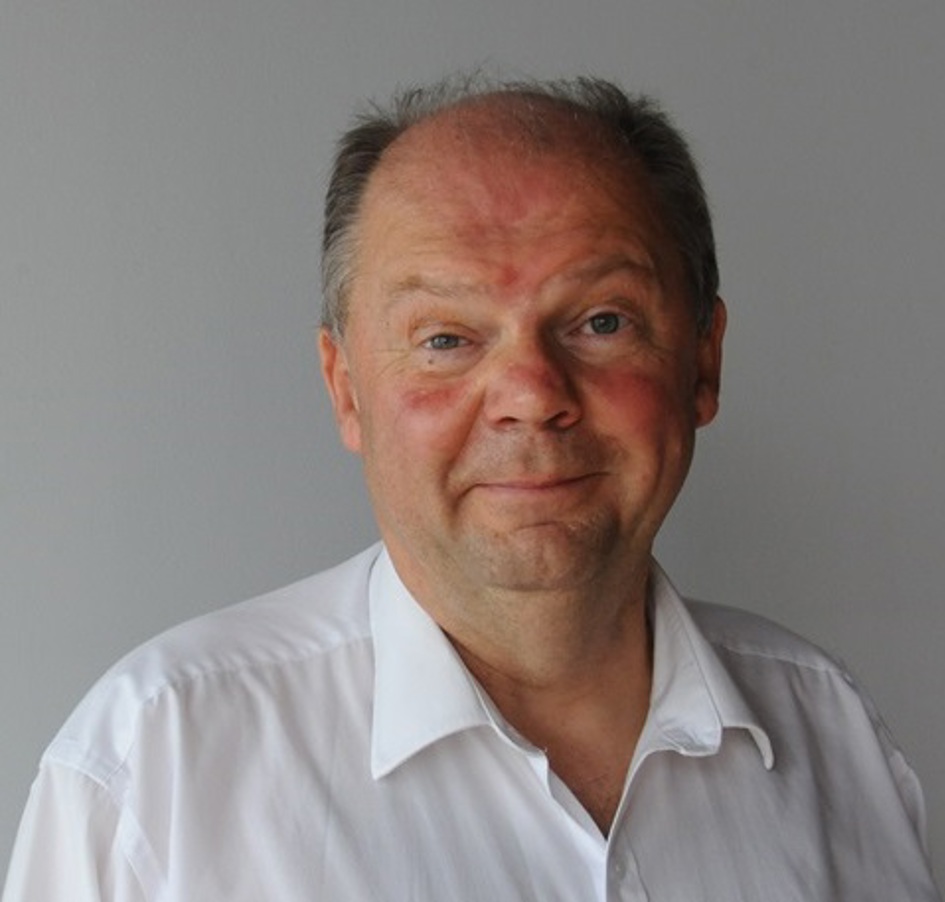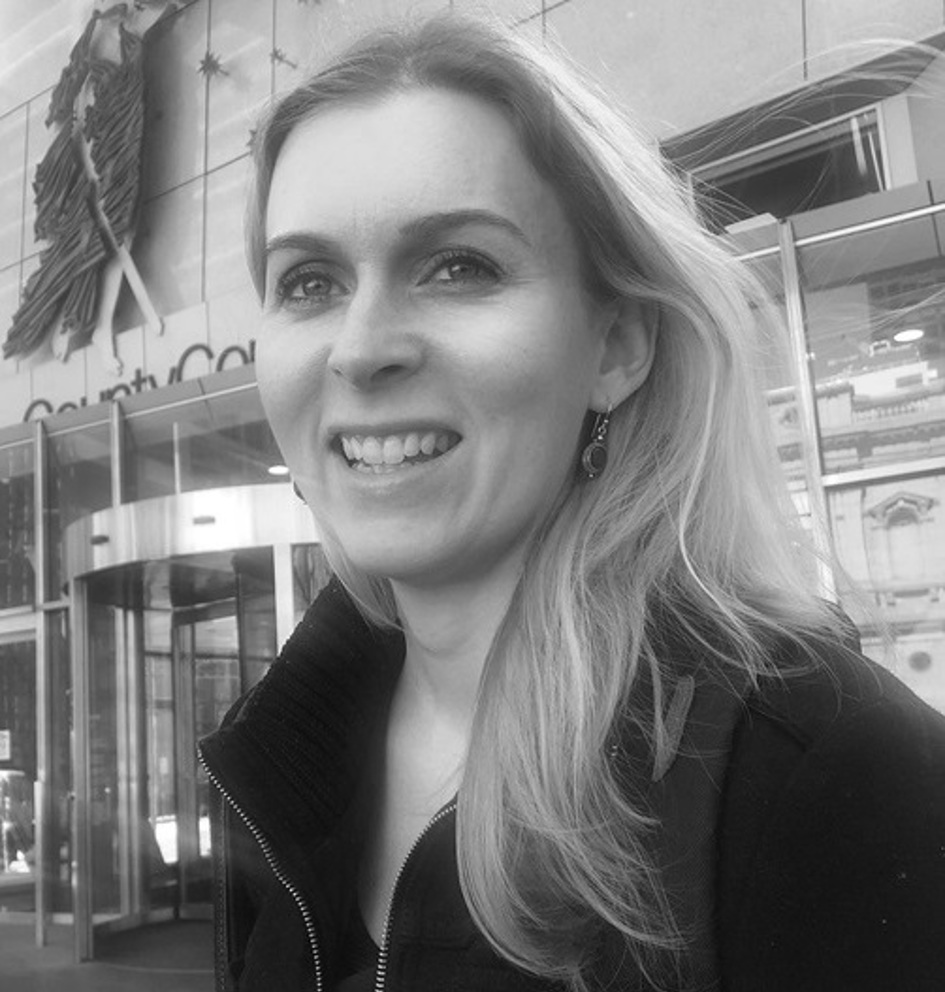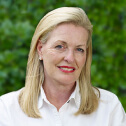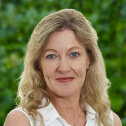Simple guide to new aged care fees - don't believe the scaremongers
25/09/2025
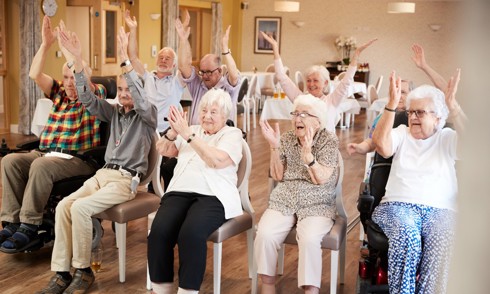
The delayed aged care reforms finally start when the new Aged Care Act kicks in on 1 November.
Brenda Will, an independent specialist aged care financial planner, told The West Australian those worried about the changes brought on by the new Aged Care Act should not stress.
“That’s not how the system operates and every senior Australian can be reasonably assured that their final days can be spent in a safe, comfortable environment,” Brenda said.
The aged care system differentiates between those who have the means to either pay for or contribute towards their care, in much the same way the welfare system locks out the wealthy from receiving an age pension.
And, just like Centrelink, your personal desire to leave a fortune to your kids is fine — just don’t expect taxpayers to foot the bill for you.
“There are two lump-sum options to cover the accommodation costs — the refundable accommodation deposit (or RAD) and the refundable accommodation contribution (RAC),” Brenda said.
The RAD is a lump-sum amount payable for accommodation that’s set by the aged care facility and it varies depending on the facility and type of room. In Western Australia, it can be anywhere from $250,000 to $2.5 million.
A typical RAD for a decent room with an ensuite in Perth currently costs about $600,000. Aged care operators are now permitted to increase the RAD to $750,000 before needing to seek government approval.
You can choose to pay the full amount or a daily payment based on the portion of the RAD you didn’t pay.
For those without the financial means to fund a RAD, the alternate system still requires you to contribute an amount of money per day towards accommodation. You can’t select the system applicable to you because it is based on your financial resources as assessed by Services Australia.
“You can opt to convert that daily accommodation contribution to a one-off lump sum amount, the RAC,” Brenda said.
The aged care facility decides what sort of accommodation they will make available to RAC-type customers and almost all facilities must offer a certain minimum percentage of low-means beds to low-means residents.
“Someone with minimal income and with assets under $63,000 won’t be asked to contribute anything to the cost of their accommodation in aged care,” Brenda said.
A low-means resident is an individual whose means-tested care fees amount is less than the maximum accommodation government supplement, currently $70.94 a day.
The calculation of the means-tested care fees amount is complicated and takes into consideration all of the income and assets of an individual, having regard to a partner or spouse.
The most important contribution is the home. However, if the partner or another “protected person” is still living at home, the value of the home is completely disregarded when calculating the means-tested fees amount.
If you’re single, or become single, the home is generally no longer exempt.
The bottom line is that assuming you have no other income and your individual assessable assets are under $210,555, you will probably be able to access the RAC system. That means for a home-owning couple, with one person moving into care, total assets could be two times $210,555 — or $421,110 — plus the value of the family home, and one member might still be regarded as “low means”.
The other complicating factor is that once the RAD is set, that’s it — unless you decide to change facilities. If you’re there under a RAC arrangement, the numbers can change depending on your financial circumstances.
